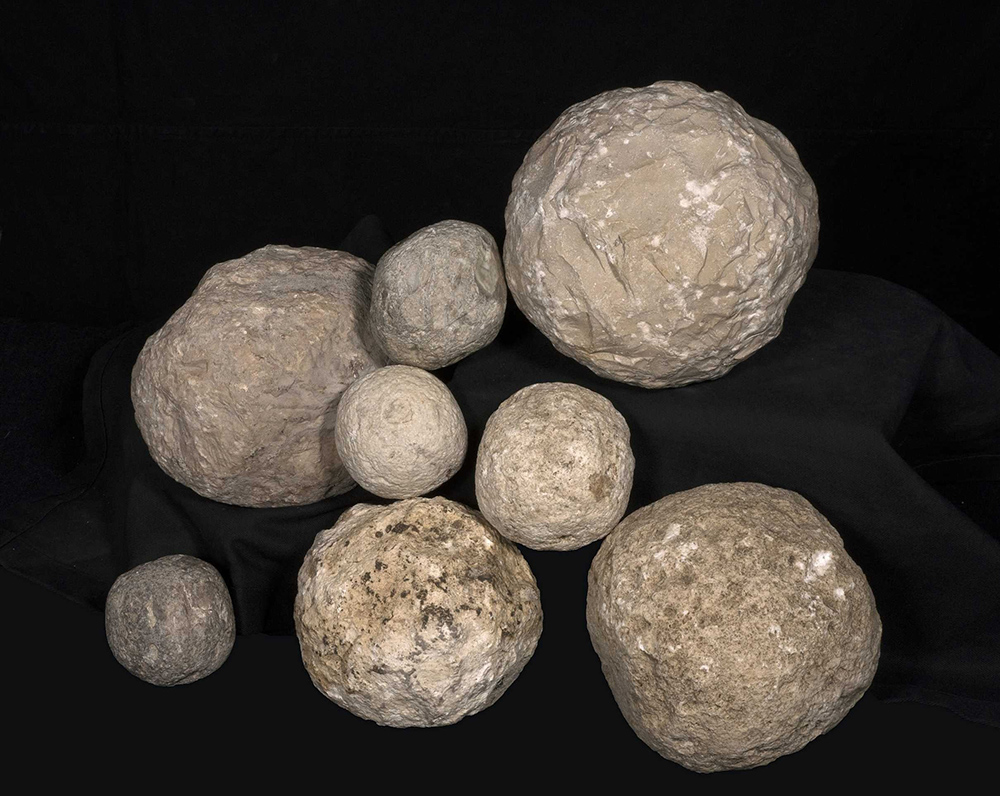By: TPS Staff
Some 15 years after an Israeli stole a ballista stone from the archaeological site in the City of David, he decided this weekend to return the 2,000-year-old artifact, saying that the global Coronavirus crisis has given him the feeling that “the end of the world is near.”
Moshe Manies, the person who took upon himself to serve as a go-between the repentant thief and the State Treasury, wrote on Facebook that the man was a youth who toured the City of David in Jerusalem’s Old City 15 years ago and came across a display of ballista stones, which were catapulted at the city’s fortifications by the Roman legions during the destruction of Jerusalem and the Second Temple at 70 CE.
“One of the boys took one of the stones home. Meanwhile, he married and raised a family, and told me that for the past 15 years the stone is weighing heavily on his heart. And now, when he came across it while cleaning for Passover, together with the apocalyptic feeling the Coronavirus generated, he felt the time was ripe to clear his conscience, and he asked me to help him return it to the Israel Antiquities Authority,” Manies wrote.
Uzi Rotstein, Inspector at the Antiquities Robbery Prevention Unit at the IAA, noted that “disconnecting an artifact from its archaeological framework by its removal negatively impacts the research and the ability to piece together its historical puzzle.”
However, he “commended” the return of the artifact and appealed to anyone who has taken an archaeological artifact, to “take a weight off their heart” and return it to the State Treasury.
“These artifacts, which are thousands of years old, are our national treasure. They tell the story of The Land and of who resided here before us, and should be documented and displayed,” he stated.
Dr. Yuval Baruch, Jerusalem Region Archaeologist at the IAA, explained that “ballistae were ancient weapons, which were used to hurl stones at the top of the fortress walls to distance the protectors of the city, who stood at the top.”
“The ballista stones which were uncovered at the City of David are most likely connected to the harsh battles between the besieged residents of Jerusalem and the soldiers of the Roman Legion, from around 70 CE – the year of the destruction of Jerusalem,” he added.
Additional stones of this type have been uncovered in Jerusalem, including at the area of the Russian Compound near the estimated path of the Third Wall, which was the external wall of Jerusalem during the time of the Second Temple. The IAA’s excavations at the site exposed a battlefield with tens of ballista stones scattered on the ground.
(TPS)





